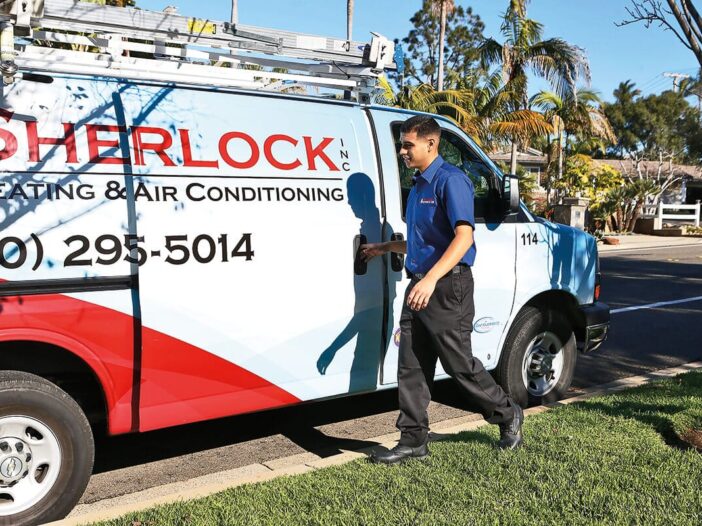
Heat pumps are an ideal way to condition homes in the San Diego area because they offer energy efficient heating and cooling. The systems are somewhat complicated, and it helps to understand what components comprise a heat pump and how they work, as well as how they affect your HVAC (heating, ventilation and air conditioning) system.
The most important feature of your heat pump is its efficiency. The cooling efficiency is known as its SEER (Seasonal Energy Efficiency Ratio), while the heating efficiency is determined by its HSPF (Heating Season Performance Factor). The minimum SEER for new heat pumps is 13, while the minimum HSPF on the market is 7.7.
Engineers determine the SEER by running the heat pump when the outdoor temperature is 82 degrees, and they are cooling a space to 80 degrees with an indoor humidity at 50 percent. They determine the heat pump’s average electrical consumption during the cooling season to determine the SEER.
The HSPF indicates how efficiently the system uses electricity to create heat. A heat pump is capable of generating four watts of heat from one watt of electricity, making them one of the best choices for heating if temperatures do not dip below freezing for an extended period. Heat pumps begin to lose efficiency and need to work in conjunction with an additional heat source when temperatures dip below freezing.
The heat-pump components that contribute to high efficiency include the outdoor condenser and the indoor air handler. The condenser houses the refrigerant coils, the compressor, and an exhaust fan. The fan whisks away heat in the summer from the refrigerant. The compressor puts the refrigerant under pressure and circulates it through the evaporator coil in the indoor air handler. Reversing valve switches from the cooling to the heating function.
A fan in the air handler circulates the conditioned air through the ducts after it blows over the evaporator coil. In the cooling mode, the refrigerant collects the heat from your home and recirculates it in the condenser to cool it. In the winter, the cycle reverses and the condenser and its parts collect heat to bring it indoors.

